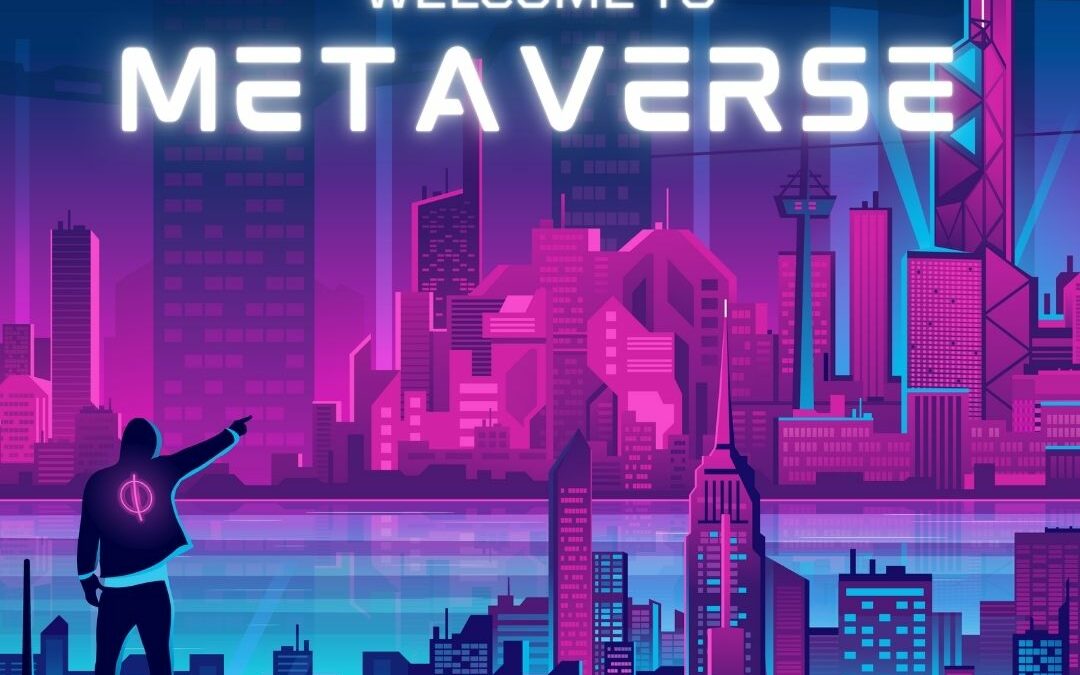Neal Stephenson first used the term “Metaverse” in his novel “Snow Crash,” which was published in 1992. The Metaverse is a virtual world in which individuals are able to interact with one another in a common area. It is imperative that, as the idea of the Metaverse gains traction and moves closer and closer to becoming a reality, consideration be given to the implications it holds for the protection of intellectual property rights.
Patents, copyrights, and trademarks are all examples of intellectual property, which refers to the creations that come from the human mind. In the real world, these rights are protected to a significant extent and are relatively well-defined. However, it is still unclear how these rights are applied in the Metaverse, and there is room for interpretation of how they should be applied.
An individual, for instance, has the ability to create and sell virtual products within the Metaverse. These products, which the individual has the right to protect as their intellectual property, may include virtual clothing or furniture. On the other hand, if someone else were to create an item that was very similar to the one that was already created, it is arguable that they have the right to do so as long as they do not violate the rights of the original creator.

The issue of jurisdiction presents yet another obstacle for the protection of intellectual property rights in the Metaverse. Because the Metaverse is a virtual world, it is impossible to pinpoint its precise location; as a result, it is extremely challenging to ascertain the legal framework that governs its activities. This presents a significant obstacle for the protection of intellectual property, as the laws governing intellectual property vary from nation to nation, and it may be difficult to uphold these laws in the Metaverse.
In addition, the Metaverse might give rise to new types of intellectual property, such as digital real estate, which, in order to be protected, would call for the establishment of brand-new laws and guidelines.
In conclusion, as the Metaverse continues to develop, it is essential to give serious thought to the repercussions that this evolution may have for the protection of intellectual property rights. Because of the one-of-a-kind problems that the Metaverse presents, new laws and regulations need to be enacted in order to guarantee that creators are safeguarded and that the Metaverse continues to be an environment that is vibrant and full of life.
In the meantime, it is up to the people who create things in the Metaverse as well as the people who use those things to respect each other’s intellectual property rights and work together to build a virtual world that is fair and just.

